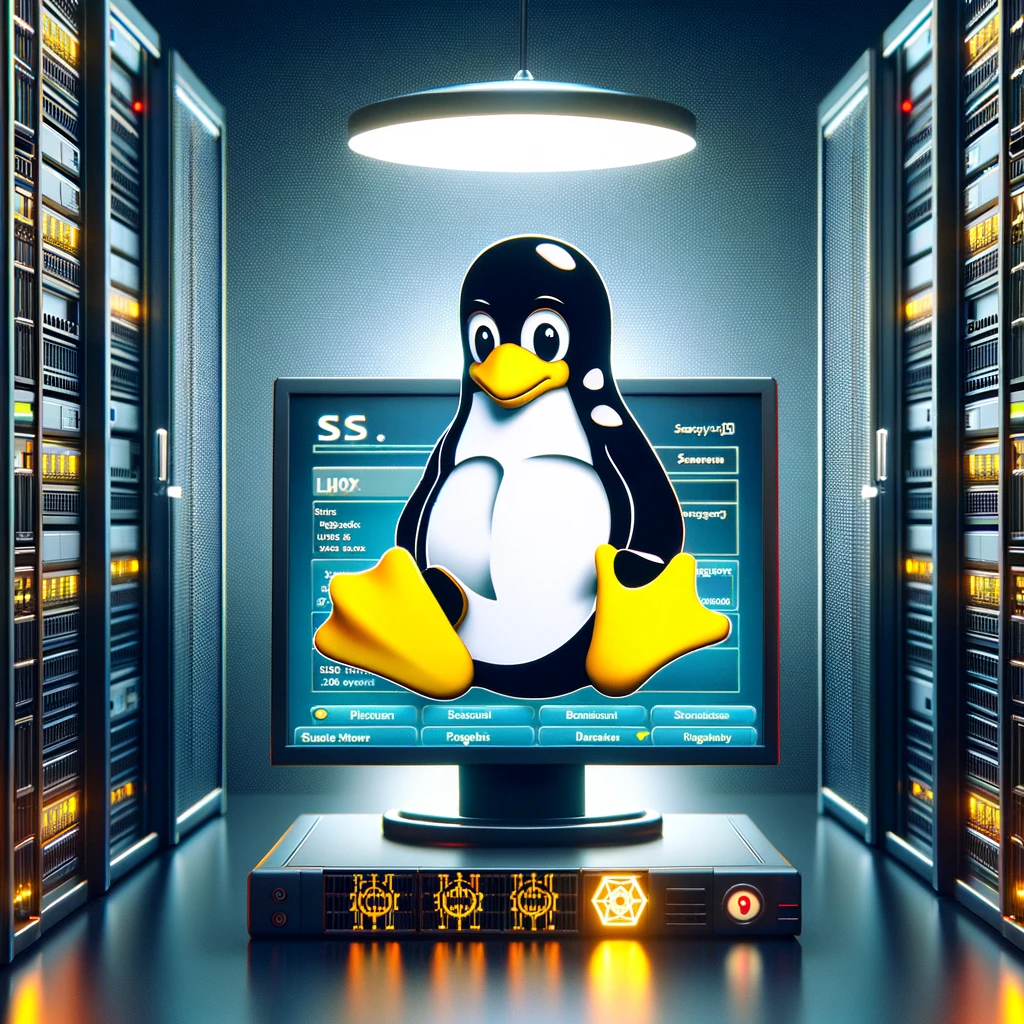
Virtualization technology has become an integral part of modern computing, enabling efficient resource utilization and enhanced flexibility. In the Linux world, Kernel-based Virtual Machine (KVM)
The servers category covers topics related to managing and securing server environments, with a focus on Linux servers, virtualization, and network management. It provides practical advice and insights into best practices for server administration and security.

Virtualization technology has become an integral part of modern computing, enabling efficient resource utilization and enhanced flexibility. In the Linux world, Kernel-based Virtual Machine (KVM)

In the realm of data protection, the debate between cloud and legacy backup methods remains pertinent. As businesses generate vast amounts of data, choosing the

Ensuring the security of web and database servers is a pivotal aspect of network administration. Despite the uniqueness of each network, there are universally applicable

Linux servers offer a range of open-source solutions that can match or exceed the capabilities of Windows server solutions. Choosing the right software is crucial

Virtualization has revolutionized server management and security, isolating services within virtual machines (VMs) to protect them from cybersecurity threats. While Linux can run on Windows-based

Linux, renowned for powering many of the world’s busiest web servers, is not immune to security vulnerabilities. Despite its open-source nature, Linux systems require rigorous

Group Policy Objects (GPOs) are essential tools within Active Directory environments, offering a structured approach to managing user and computer settings across a network. Implementing

Active Directory (AD) stands out as a pivotal element in modern IT infrastructure, providing a robust solution for managing network resources, workstations, and security in